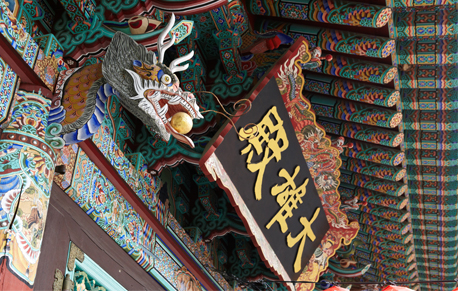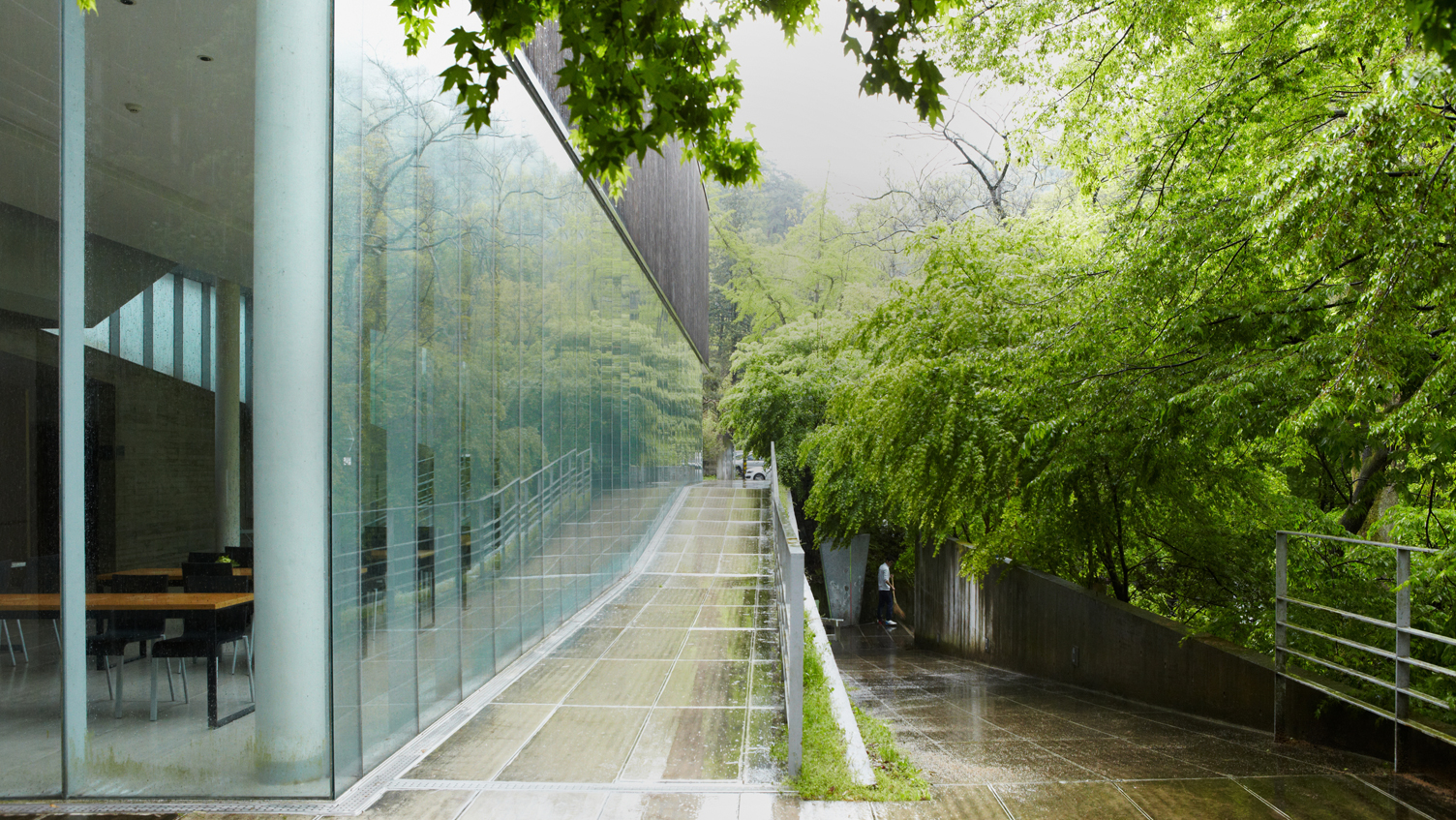
Walking along the tall trees standing side by side, visitors are welcomed by historic remains and
an art museum named after the pen name of Baek-ryeon Heo, Uijae, the last authority of Korea’s southern school of literary painting.
Often dubbed “a museum within a landscape,” Uijae Museum of Korean Art was built as an eco-friendly structure in perfect harmony with Mudeungsan Mountain.
The museum and its surroundings present the traces of the celebrated painter.
The man who loved the sky, earth, and human
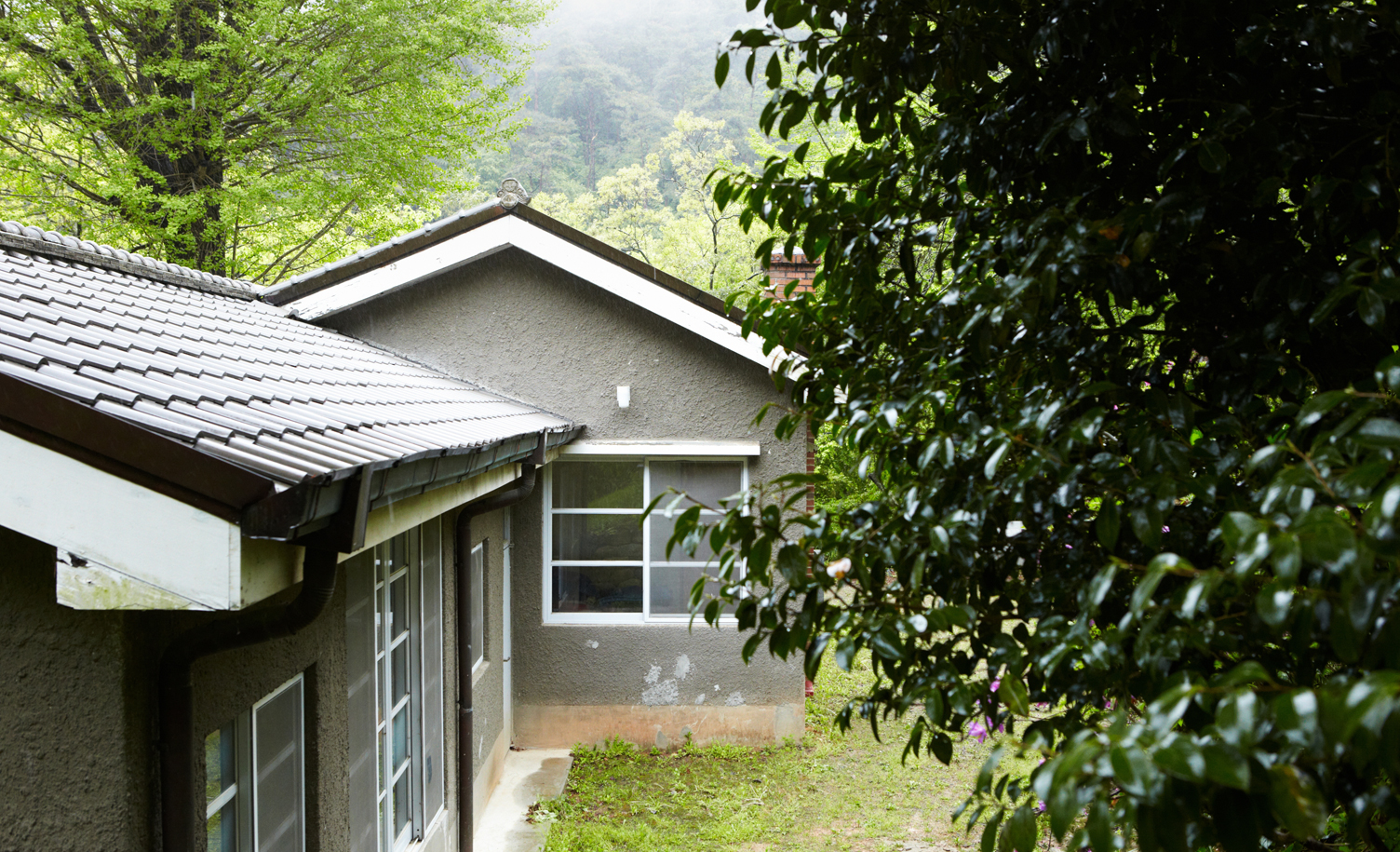
Living at Chunseolheon, on the foot of Mudeungsan Mountain, Heo painted the mountains and open fields to complete a number of masterpieces.
Unlike the emerging painters of his generation who pursued a modern style, Heo held fast to the traditional style
and manner and thoroughly carried forth the spirit and technique of the traditional southern school through his landscape and literary paintings.
After Korea’s liberation from Japan in 1945, the painter founded Agricultural Technology High School and nurtured leaders to restore devastated rural communities.
Heo was buried amongst the mountains, tea, trees, and human beings he cared much throughout his life.
Uijae Museum of Korean Art, the Essence of Heo’s Spirit
Heo did not pursue secular success; he lived as a humble, noble thinker and a practical activist who enlightened people. That is why his art and life bear greater value at a time when terms such as “literary person” or “southern school of painting” are no longer appreciated as in the past.
Uijae Museum of Korean Art focuses on maintaining the legacy of Uijae’s spirit. As a construction representing the harmony of the painter’s works and Mudeungsan Mountain, the museum building won a Korean Architecture Award in 2001. The museum standing against the picturesque landscape and the faded-yellow rice paper of Heo’s paintings seem to convey the ups and downs of Korean history. Heo’s strict adherence to the traditional style together with his own unique qualities is clearly found in the strokes of his paint brush.
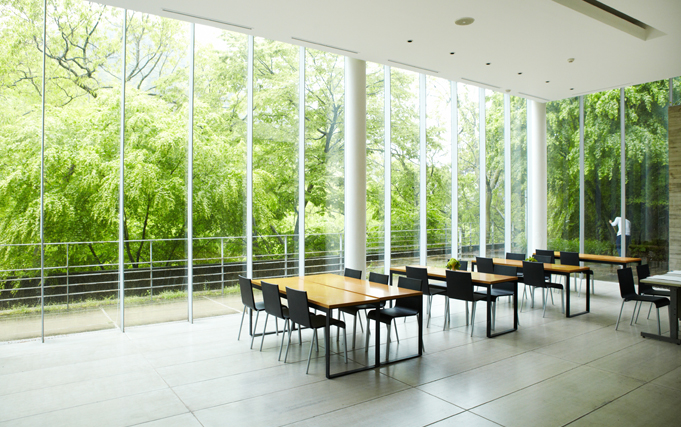
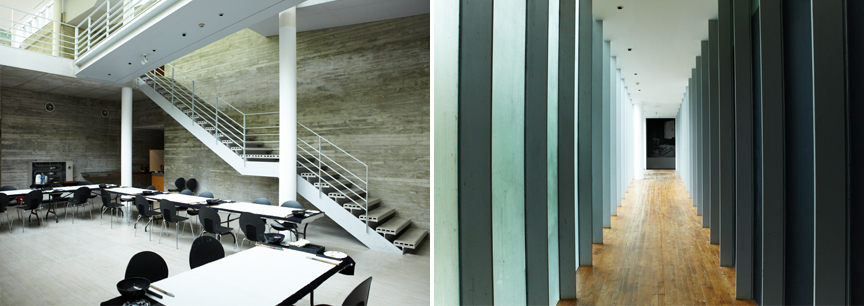
You should also take a relaxed stroll toward the works by Haeng-ryeon Heo, Uijae’s youngest brother. Although the early paintings of Haeng-ryeon Heo show similar techniques to his older brother, he gradually learned oil painting and other western painting styles to develop his own qualities. By encompassing the more realistic western style and Asian literary painting based on conceptual ideas and observance, the younger painter’s works offer a special beauty of Asian qualities harmonized with western modes.
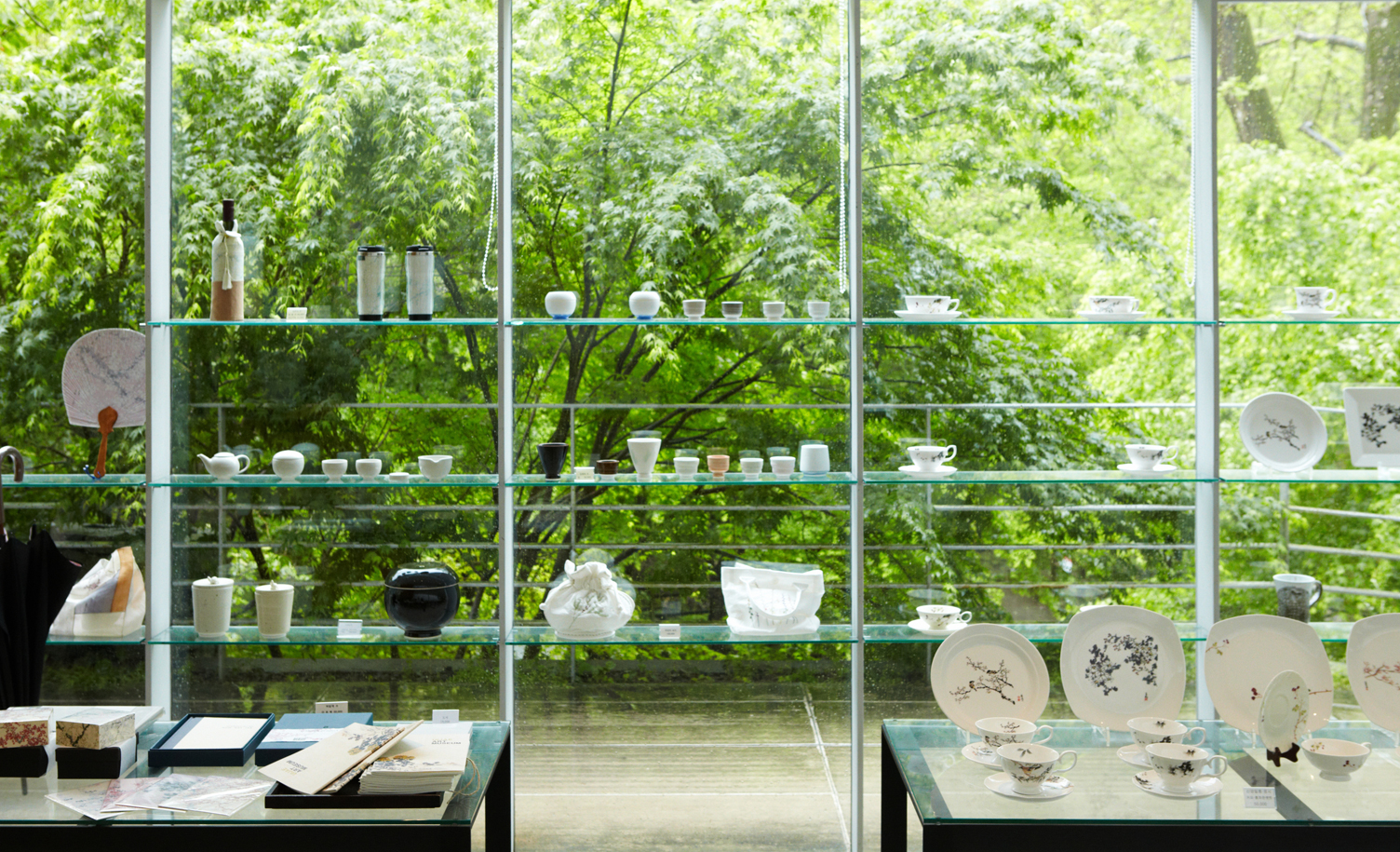
Munhyangjeong,
a remote scenic haven
For most visitors to Uijae Museum of Korean Art, the next stop would naturally be Munhyangjeong, where they can take a short rest over tea and refreshments. The building was originally used as a shed for practical training of students of the Agricultural Technology High School founded by Uijae. It was later used for distributing Chunseol tea. The old structure was demolished and rebuilt with the same shape that can be seen today.
Known for its deep and mild flavor, Chunseol tea is believed to have the energy of Taoist hermits. Chunseol bread is made of this tea, which has efficacy in clearing one’s mind and eyes and a mysterious energy enveloping the body and mind. Currently used as the Chunseol Tea Center, the building of Munhyangjeong has a long waterway in front toward a waterwheel, offering a picturesque landscape.
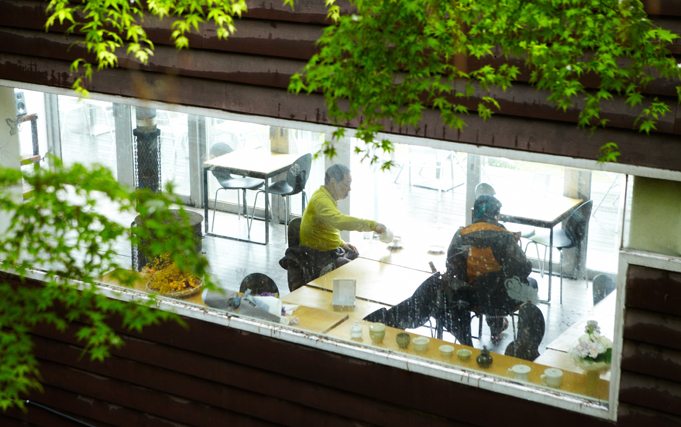
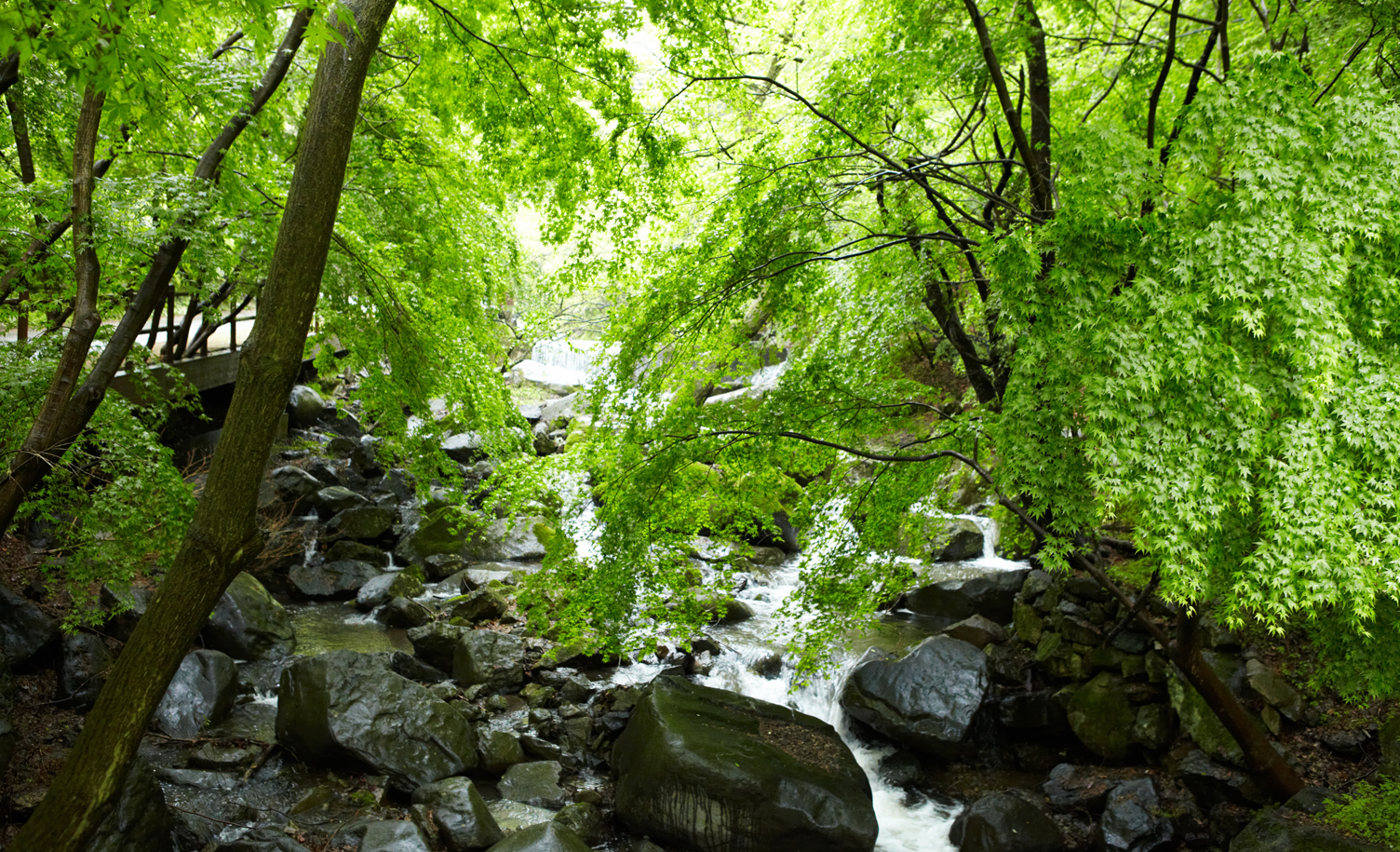
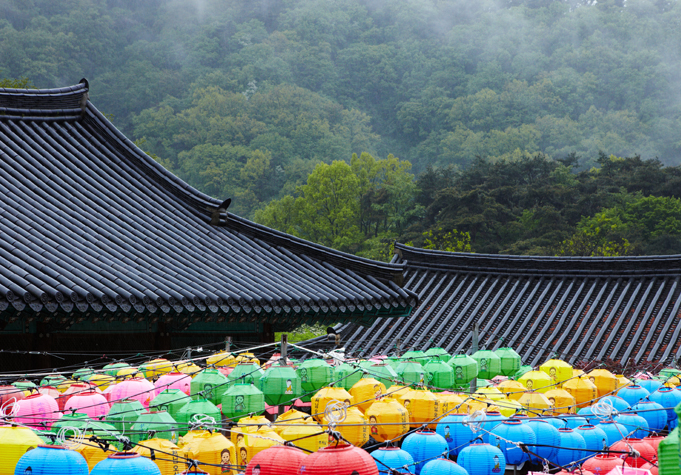
Jeungsimsa Temple, the mountain’s vein purifying the human mind
A five-minute walk uphill from Munhyangjeong brings the visitors to Jeungsimsa, a temple founded during the Unified Silla period. The temple is believed to have been built by Bang Kim in 1443, the 25th year of King Sejong of Joseon, in order to enshrine 500 arhats to wish for the well-being of the nation and people. Jeungsimsa was partially burned during the Second War of Jeong-yu against Japan, and a large-scale renovation was conducted again during the reign of Prince Gwanghae. Most of the building in the temple, however, was burned during the Korean War. Fortunately, the building of Obaekjeon (Hall of 500 Arhats) has remained as the only Joseon-dynasty structure within the temple, kept intact from a series of ravaging disasters. Safeguarding Mudeungsan Mountain for a long period, this building of graceful beauty and dignity has witnessed important moments in the nation’s history.
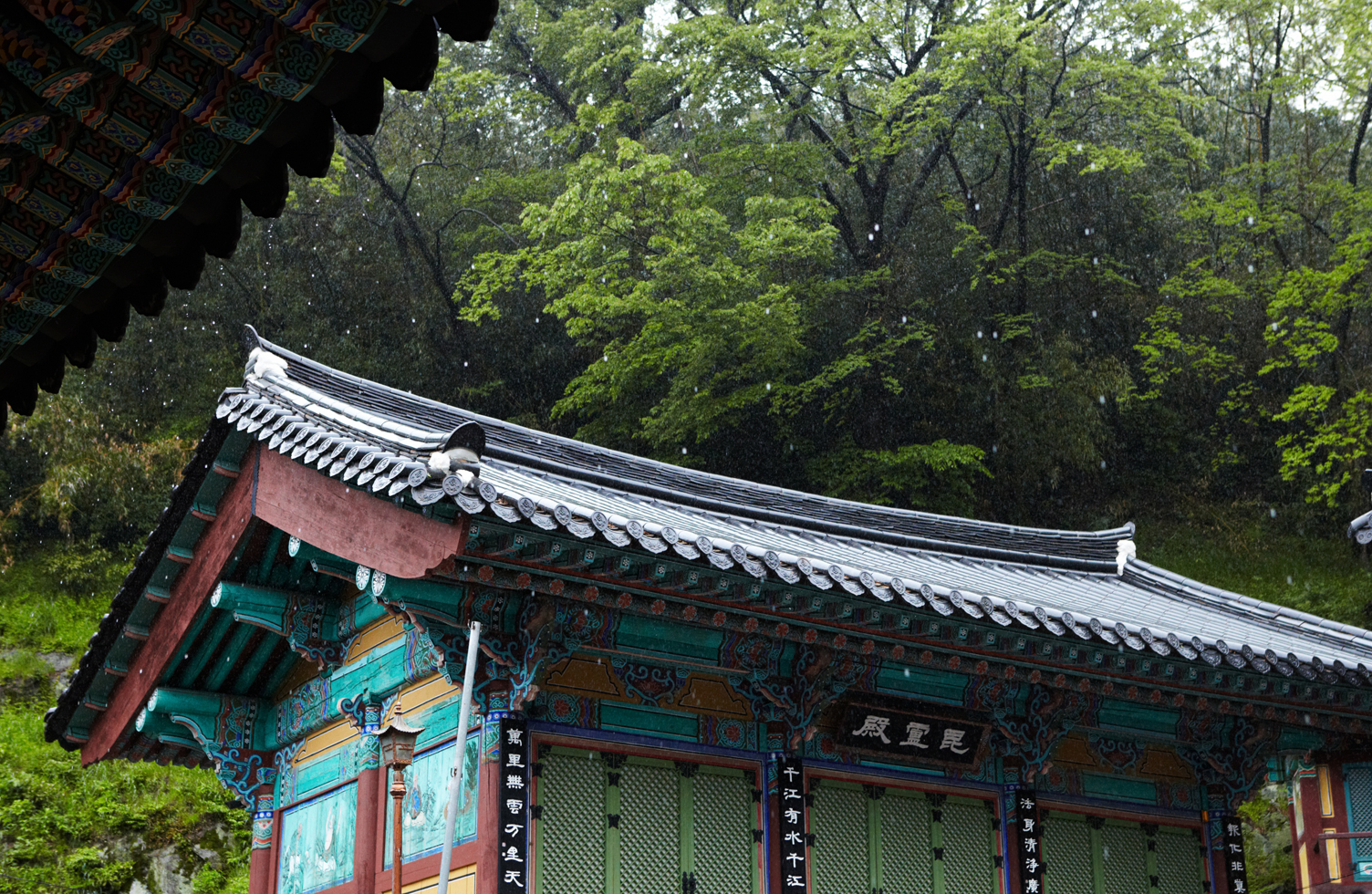
Spending a long time sitting on the mountain hill, Jeungsimsa Temple has become part of the mountain throughout the twists and turns of Korean history.
The temple still attracts a number of worshippers every year as the vein of Mudeungsan Mountain.
Befitting its name meaning of mind-purifying and spiritual enlightenment,
the temple will long remain a symbol of Buddha’s mercy and a spiritual companion of many believers.

